Glasgow is known to be one of the most exciting cities in the United Kingdom, according to a specially produced Lonely Planet guide. Like any city, it is home to international fare such as Chinese, Italian and Indian cuisine, but most importantly serves authentic Scottish food. There is no word that encapsulates the unique cuisine of Scotland, but it is safe to say that the recipes are pleasant, and often feature fish, pork, and chicken, with vegetable and potato sides. The following are the most commonly found dishes that are characteristic of Scottish cuisine.
Cullen Skink
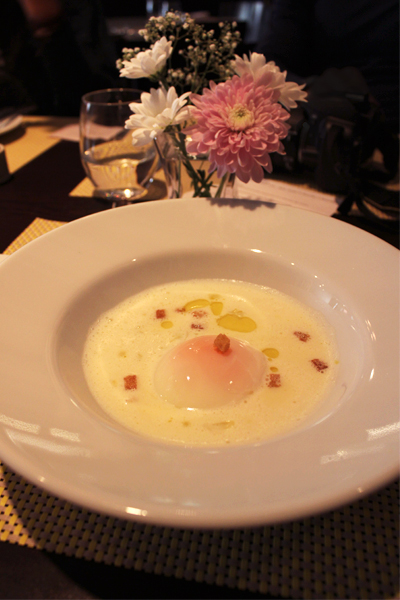
The croutons add a nice crunch to the otherwise drinkable dish, and their mild saltiness compliments the strength of the soup’s flavor. There is a tasty hint of fish that is fragrant and slightly buttery. Potato cubes the size of finger joints lend a pleasant starchy bite to the soup, and the stringy leeks add a chewable texture that is quite enjoyable. The egg is a complete delight where it has been slow cooked to perfection with a rosy, runny yolk and creamy whites.
Cullen Skink slides down your throat like a dream, but can get a little rich if you go for more than 1 serving. Other recipes omit the egg and replace the leek with chopped onions, but it remains a “hearty fisherman’s soup”, according to Joanna Mathie’s Favourite Scottish Recipes.
Black Pudding
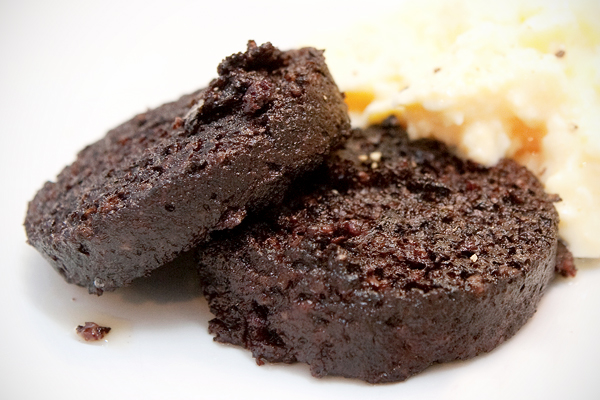
The famous Christmas pudding has appeared in countless festive images and stories, but the Scottish Black Pudding is truly something else. Small, black and looking relatively harmless, it separates into crumbs easily and tastes like a disturbing mystery. Its components are soft and mushy and the dish is strangely tasty with a vague resemblance to beans. It is extremely rich and bears almost no resemblance to the variety of dessert pudding that we are familiar with. What really is in Black Pudding varies with recipes, but its main ingredient is always a constant: congealed pig blood.
Haggis
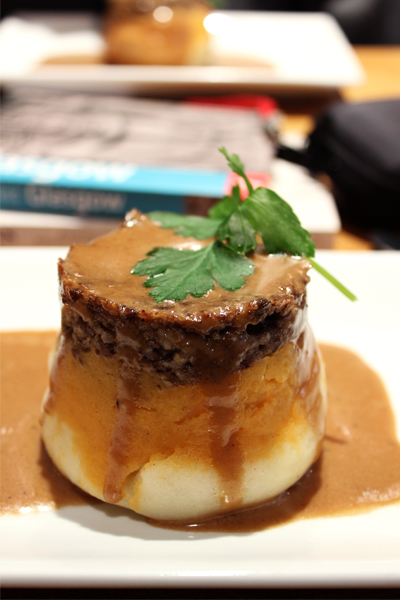
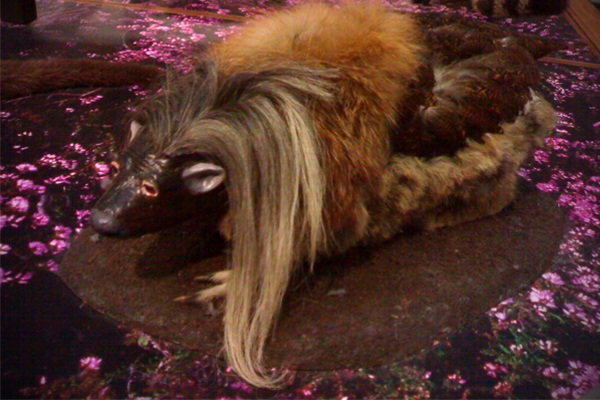
The Scots have a wry sense of humour, and the name Haggis may also refer to a mythical creature that has a home in the Kelvingrove museum as an exhibit, and is sold in gift shops as plush toys to unsuspecting tourists.
Full Scottish Breakfast
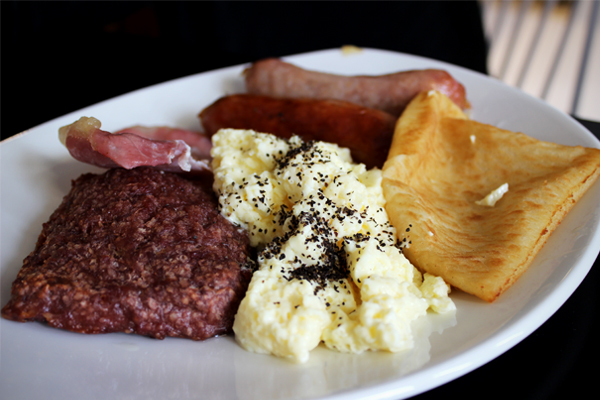
A full Scottish Breakfast is extremely hearty, filling, salty and altogether gut-busting. It comprises of a Lorne sausage– a square beef sausage the size of your palm, pork sausage packed tightly into a skin, scrambled eggs so soft they resemble tofu, the saltiest bacon you’ve ever tasted and the most amazing Tattie Scone that tastes like both fries and French toast at the same time. Scottish Breakfasts may also include Black Pudding, half a tomato and fried onions.
The Lorne sausage is salty, tastes very much like luncheon meat and is quite tough to chew. Its counterpart, the pork sausage is also salty, chunky and tastes faintly of corn. Its browned sides are beautiful to look at, but the inside is surprisingly soft and mushy, although not unpleasantly so. However the (lethally) saltiest of the crew happens to be the bacon, which is not quite as crispy as we are used to, but more hard and meaty. The saving grace, however, are the scrambled eggs. Soft angels that are almost bland and tasteless, they balance out the dish with a texture that is absolutely heavenly. The Tattie Scones are also one of a kind: the unexpected taste-fusion of the 2 tastiest ways to prepare potatoes are one of the most delightful things you can have for breakfast.
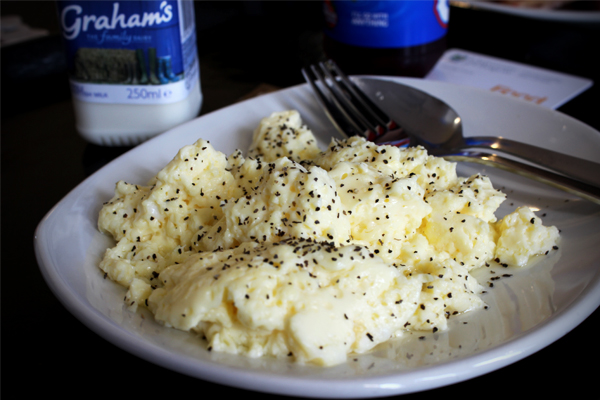
Part of experiencing Scotland definitely lies in its unique cuisine. Although fast food and restaurants serving food from around the world are easily available, it is worth it to find and savour authentic Scottish recipes. Part of the fun is guessing the contents of the dish, which usually turn out to be harmless and delicious, although some food might require you to be a little more adventurous. As the Scots would say in Gaelic, an old language spoken in some parts of Scotland, Ith gu leòir! (Eat plenty!)
Photo credits to: Keziah Quek, laverstokepark.co.uk, scribble.scran.ac.uk
